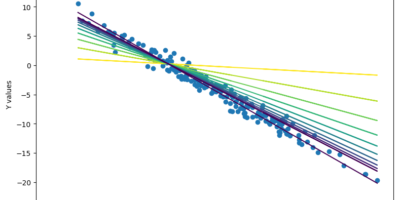Drones, or unmanned aerial vehicles (UAVs), have been in development for many years, and have finally reached the point of complexity where they are practical for general use. Formerly considered expensive, impractical toys, their applications are now endless, from personal drones outfitted with GoPros, to military vehicles, to remote sensing and surveillance, to research. Drones can vary in sophistication, size, and type depending on the nature of the work that they do.
For scientists, drones can now perform exploration tasks that were formerly dangerous, difficult, and even impossible. Many study sites are too dangerous for human access, be it in dangerous spill investigations, volcanic research, or work in arctic regions. They can also be used in magnetic field detection to estimate the location of oil, gas, and mineral deposits. Environmentally, there have been UAVs developed for air monitoring and sampling, both in urban quality control and plume modelling at industrial facilities. Drones have been used to combat the poaching of endangered species and also to obtain meteorological data before severe storms.
UAVs are becoming increasingly prominent for research in Alaska, where offshore studies of whales, sea lions, and other aquatic life can be difficult. Permission to fly is granted more easily due to the smaller population and reduced chance of human endangerment. Research in the north has become key to the development of non-military UAVs in general, as the often harsh arctic weather conditions must be overcome, resulting in more reliable, stable, and versatile machines. The University of Alaska, Fairbanks, has become one of the six designated UAV test sites in the country. Ice build-up, long-range communication, costs, and “pilot” training are the main obstacles to overcome in that area. In the future, drones can be used in the delivery of goods and supplies in remote regions, where companies like Amazon might finally realize their drone dreams.
Besides technical robustness, the biggest challenge hindering widespread drone usage has been their regulation. Drone usage has caused all sorts of legal turbulence across the world for safety and privacy concerns. The U.S. government has plans to criminalize personal use for their potential risk to air traffic and national security. Permission can, however, be granted with limitations imposed for their size, weight, range, and fuel consumption. The enforcement and development of such rules is still being discussed by the Federal Aviation Administration (FAA). Canada currently has slightly less stringent rules for when/where drones can be flown, with exemptions for smaller vehicles and recreational use. In general, they must not be flow close to buildings, humans, or vehicles and have size/weight restrictions, along with maximum allowable heights.
Drones are an incredibly versatile and powerful tool to scientific research, especially in environmental applications. However, there is still a ways to go before their use can be accepted under FAA regulations, and they must first be developed in order to be more reliable in extreme environmental conditions.




Leave a Reply